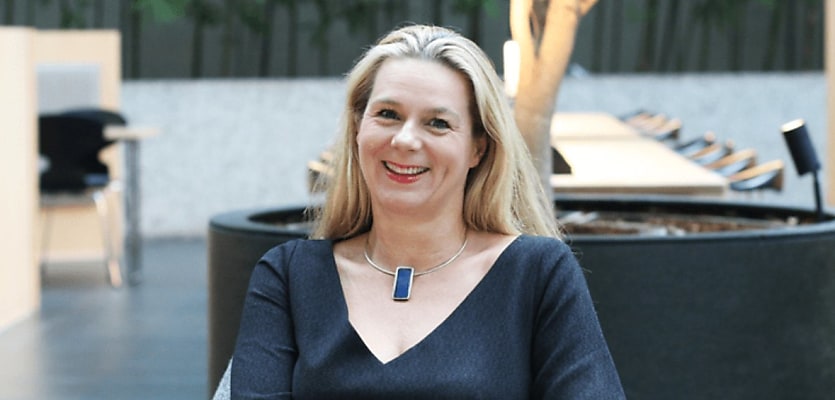Hotels are receiving renewed interest as tourism markets return to pre-COVID-19 levels, with one Australian capital emerging as a particular favourite.
According to Colliers, there are currently over $2 billion in assets on the market in Australia, and sales are taking place at a quick pace, with 75 per cent of that stock having been listed in the third quarter of 2023.
Colliers’ head of hotel transactions Karen Wales identified the rising factors that have boosted the sector’s popularity.
“Hotels are emerging as a preferred property investment sector, as new market entrants are drawn to conditions of easing supply, high room rates and the return of international travel,” Ms Wales said.
Colliers expects the market to continue to gain steam, with more sellers confident of returns and prepared to put their properties up for sale.
“Since hotels differ from other commercial real estate assets, with many continuing to enjoy strong income growth amidst resurgent tourism markets, transaction volumes are expected to reach $2.5 billion by end of year,” Ms Wales explained.
Across the capitals, Sydney’s hotel market is the most competitive with the sector recording the strongest performance of late. The NSW capital boasts occupancy rates above 75 per cent, an average daily rate exceeding $300 and revenue per available room above $200, according to Colliers and data firm STR.
But it’s Brisbane that is proving to be the hot ticket, with the city expected to go from strength to strength in the run-up to the 2032 Olympics. The Queensland capital already recorded the highest growth of revenue per available room (51 per cent) and average daily rate (50 per cent) in the year to September 2023 compared to pre-COVID-19 levels. Brisbane is the only market in Australia where occupancies are trending higher than 2019.
The city is also emerging as a hotspot for new development, according to Ms Wales, as “investors look to gain a foothold and capitalise on the decade of green and gold”.
Elsewhere, new openings are expected to slow, with COVID-19 disrupting development plans and stalling construction. While 4,499 rooms opened across the country this year, only 7,529 new rooms are expected to become available between 2024 and 2027.
New constructions will be concentrated in the luxury market, with notable openings in 2024 and beyond, including a new Marriott in Adelaide, Mondrian on the Gold Coast, Shangri-La in Melbourne, and the boutique 1 Hotel Melbourne coming for the Victorian capital.
The top end of the market is performing well, with luxury and upscale hotels outperforming all other classes with a national average occupancy level of 70 per cent and room rate of $326, which represents growth of 59.5 per cent compared to the prior year, according to the Australian Accommodation Monitor.
“While luxury resorts are performing strongly amid the resurgence of leisure travel and desire for experiences post-pandemic, we expect capital values for the broader Australian hotels market to also remain competitive compared to global peers, as international travel and revenue defends against economic fluctuations,” Ms Wales said.
But even with positive occupancy growth after the depleted COVID-19 years, hotels have to be strategic to protect revenue with multiple other factors now impacting bottom lines.
Colliers noted that there has been a 20 per cent increase in hospitality wages since 2018, while disrupted supply chains have impacted certain aspects of service. In addition, pressure to reduce carbon footprints has added new costs for hoteliers.
“Hotels need to recalibrate their modus operandi now to adapt to a fundamentally different operating environment and successfully navigate the course to uncover hotel ‘alpha’ or ‘excess return’,” commented Neil Scanlan, national director of hotel asset management at Colliers.
“Operators who don’t proactively align with the flight to quality, factoring in capital for asset upgrades and repositioning, while improving energy efficiency and overall operational costs, will find core issues can no longer be hidden behind the veil of strong surges in hotel room rates,” he added.
ABOUT THE AUTHOR
Juliet Helmke
Based in Sydney, Juliet Helmke has a broad range of reporting and editorial experience across the areas of business, technology, entertainment and the arts. She was formerly Senior Editor at The New York Observer.

Never miss a beat with
Stay across what’s happening in the Australian commercial property market by signing up to receive industry-specific news and policy alerts, agency updates, and insights from reb.
Subscribe to reb Commercial:







You are not authorised to post comments.
Comments will undergo moderation before they get published.